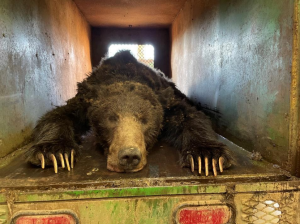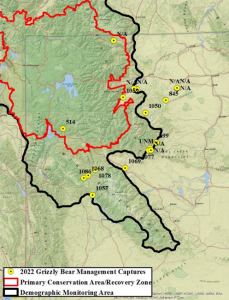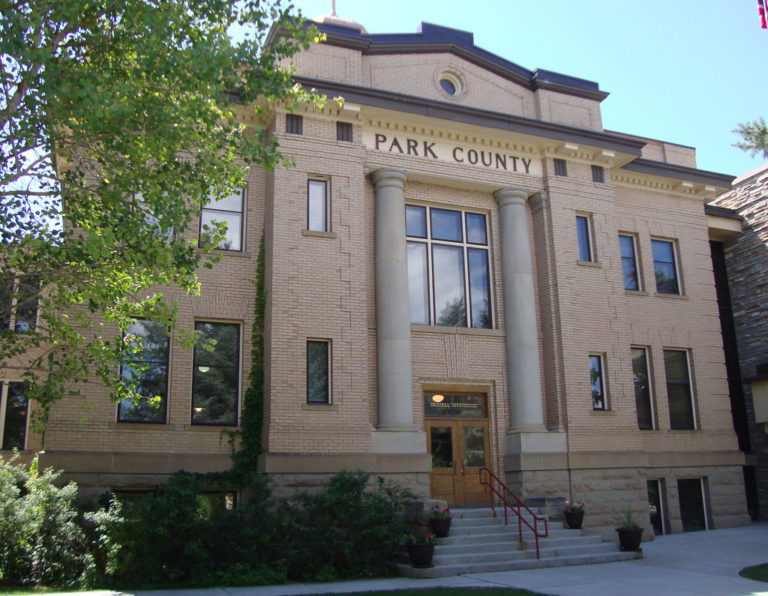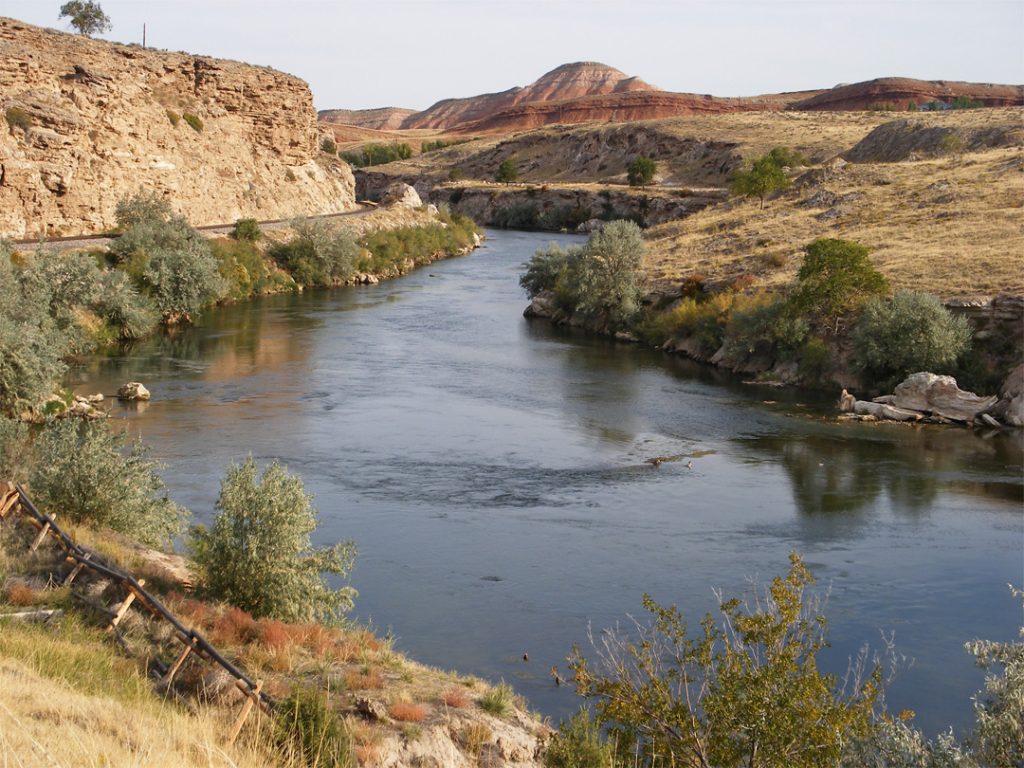Wyoming Game and Fish Captured 21 Grizzlies in 2022 – And Most Were “Removed”
Written by Andrew-Rossi on March 16, 2023
It was a zero-tolerance policy for Wyoming’s grizzlies in 2022 – fewer bears were captured, but most were permanently “removed” from the Greater Yellowstone Ecosystem.
Wyoming Game and Fish has released its annual grizzly bear capture report to the public, which contains data on every grizzly captured and relocated by the department in 2022.
The 2022 grizzly conflict report was submitted to the Wyoming Legislature’s Joint Travel, Recreation, Wildlife, and Cultural Resources Interim Committee. In addition to providing useful information, the annual report “satisfies the requirements set forth in Wyoming Statute §23-1-1001(c),” which requires a report to be submitted to the Legislature no later than January 15.
Grizzly bear conflicts are defined as “interactions between grizzly bears, people, and their property, resulting in damage to pets, livestock or bees, non-natural food rewards, animal caused human injury or death, and human-caused injury or death to an animal other than legal hunting or a management action.”

Courtesy Wyoming Game and Fish
In 2022, the Wyoming Game and Fish captured 21 individual grizzly bears.
Four of those grizzlies were female (three adults and one two-year-old), and 17 were male (nine adults, six sub-adults, and two cubs.)
- Ten bears in Park County (48%)
- Five bears in Hot Springs County (23%)
- Four bears in Sublette County (19%)
- One bear in Fremont County (5%)
There is a significant drop in the number of grizzlies captured from 2021 to 2022. In 2021, Wyoming Game and Fish captured 45 individual grizzly bears in 49 capture events.
Most of the grizzlies were captured for two reasons.
“Ten captures were a result of bears killing livestock (cattle, sheep, and chickens,)” the report reads, “and ten were captures involving bears that obtained food rewards (pet, livestock food, garbage, fruit trees), or were frequenting developed sites or human-populated areas unsuitable for grizzly bear occupancy.”
Six of the 21 captured bears were relocated – four to Park County and one each to Sublette and Teton Counties.

Courtesy Wyoming Game and Fish
Why were so few grizzlies relocated? Because the majority of the grizzlies were “captured and removed from the population.”
15 of the 21 grizzlies captured were euthanized for the same reason they were captured: killing livestock and “food rewards.”
Grizzly bears are removed from the population due to a history of previous conflicts, a known history of close association with humans, or if they are deemed unsuitable for release into the wild (e.g., orphaned cubs, poor physical condition, or human safety concern.)
The fatal offenses include:
- Frequenting a corn and bean field
- Obtaining unsecured garbage and pig slop
- Breaking into multiple chicken coops
- Crop and beehive damage
One “notable” bear was removed by Wyoming Game and Fish in 2022: Grizzly 1057, one of the four famous cubs of Grizzly 399. Biologists had been apprehensively monitoring the bear since 2021 when it was already exhibiting human-conditioned behavior.
The U.S. Fish and Wildlife Service authorized the removal of Grizzly 1057 because it was “exhibiting very bold behavior, frequenting residential areas, actively gaining access to/seeking human foods, (and other) food-conditioned behavior.”
Grizzly bears are relocated or removed following state and federal laws, regulations, and policies. More information about Wyoming Game and Fish grizzly management is available online.
Game and Fish also continues to educate the public about how to proactively live and recreate in bear country to avoid conflicts as part of Bear Wise Wyoming — a program that started in the early 2000s.

